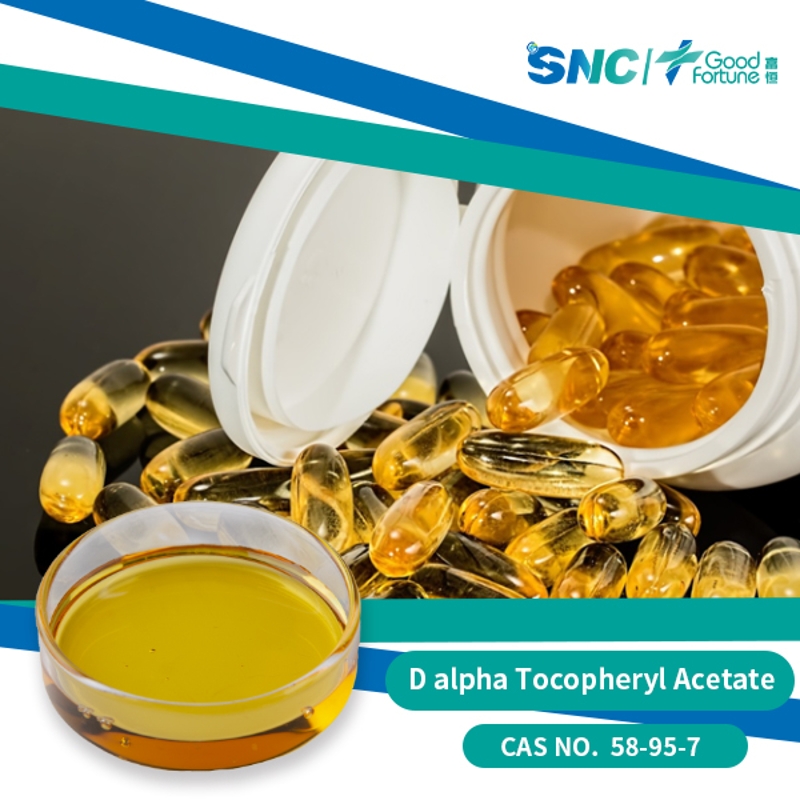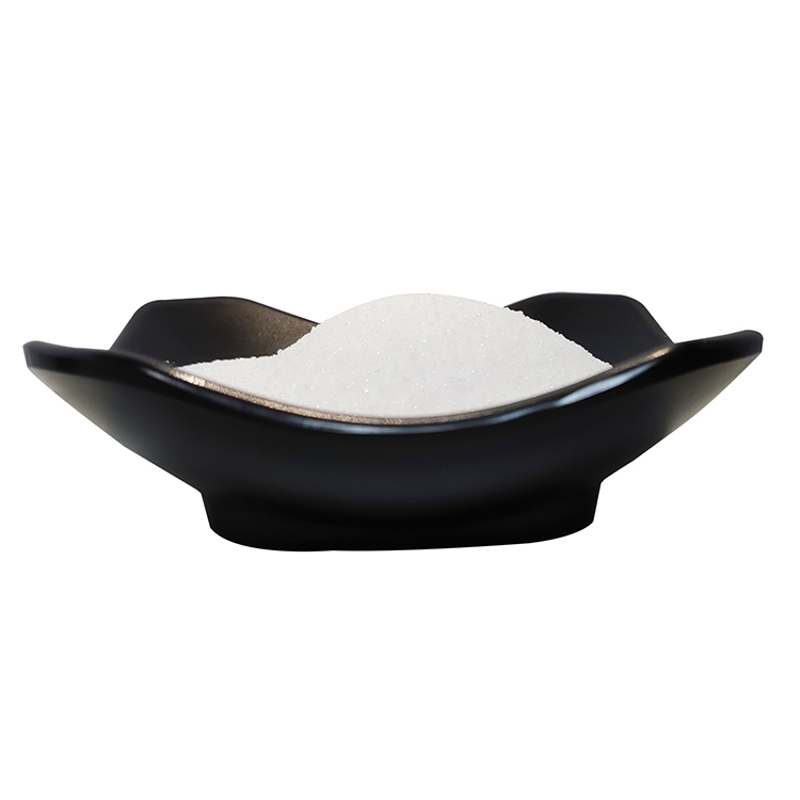-
Categories
-
Pharmaceutical Intermediates
-
Active Pharmaceutical Ingredients
-
Food Additives
- Industrial Coatings
- Agrochemicals
- Dyes and Pigments
- Surfactant
- Flavors and Fragrances
- Chemical Reagents
- Catalyst and Auxiliary
- Natural Products
- Inorganic Chemistry
-
Organic Chemistry
-
Biochemical Engineering
- Analytical Chemistry
-
Cosmetic Ingredient
- Water Treatment Chemical
-
Pharmaceutical Intermediates
Promotion
ECHEMI Mall
Wholesale
Weekly Price
Exhibition
News
-
Trade Service
When dihydrotanshinone I kills Helicobacter pylori, it can not only destroy the biofilm, but also kill the bacteria attached to the biofilm, which has the effect of "uprooting" Helicobacter pylori
Bi Hongkai, Professor, School of Basic Medicine, Nanjing Medical University
The latest global cancer data shows that among the 4.
Recently, the team of Professor Bi Hongkai from the School of Basic Medicine of Nanjing Medical University successfully screened a new drug candidate against drug-resistant Helicobacter pylori - dihydrotanshinone
The first-time failure rate of traditional therapy is about 10%
Under the microscope, the length is only 2.
Triple and quadruple therapy containing two antibiotics is a commonly used method for the treatment of Helicobacter pylori in China, but the traditional treatment method cannot eradicate Helicobacter pylori
"The first treatment failure rate of traditional therapy is about 10%, and some patients will have diarrhea or gastrointestinal flora disturbance
When Helicobacter pylori resists the invasion of the enemy, it will also cunningly form a biofilm "protective cover" for itself, and the biofilm will resist antibiotics, resulting in increased drug resistance of Helicobacter pylori, affecting the treatment effect and reducing the radical cure.
Cell experiments of Salvia miltiorrhiza can inhibit multidrug-resistant strains
In 1994, the World Health Organization classified Helicobacter pylori as a class I carcinogen because it plays a leading role in the occurrence and development of gastric cancer
Salvia miltiorrhiza is one of the most widely used traditional Chinese medicines for promoting blood circulation and removing blood stasis in China.
"Previously, we screened more than 1,000 traditional Chinese medicine monomers at the cellular level, and finally determined that the dihydrotanshinone I monomer in Salvia miltiorrhiza has the best effect on killing Helicobacter pylori
The bigger surprise is, "When Dihydrotanshinone I kills Helicobacter pylori, it can not only destroy the biofilm, but also kill the bacteria attached to the biofilm, and play the role of 'uprooting' Helicobacter pylori.
There is still a long way to go before it becomes a drug for clinical use
In order to make the experimental results more accurate, Bi Hongkai's team also conducted screening experiments in mice to further determine the killing effect of dihydrotanshinone I on Helicobacter pylori
Bi Hongkai introduced that in the experiment, two weeks after the mice were infected with Helicobacter pylori, the researchers randomly divided them into 3 groups, namely the combined administration group of omeprazole and dihydrotanshinone I, the standard triple regimen administration group, and the phosphoric acid phosphate group.
"The experimental results show that the combined administration group of omeprazole and dihydrotanshinone I has a higher killing efficiency of Helicobacter pylori than the standard triple regimen group
When will dihydrotanshinone I enter the homes of ordinary people? Bi Hongkai emphasized that Salvia miltiorrhiza cannot be directly used to prevent and treat Helicobacter pylori infection, and its monomer, dihydrotanshinone I, is still a long way from being a drug that can be used clinically







